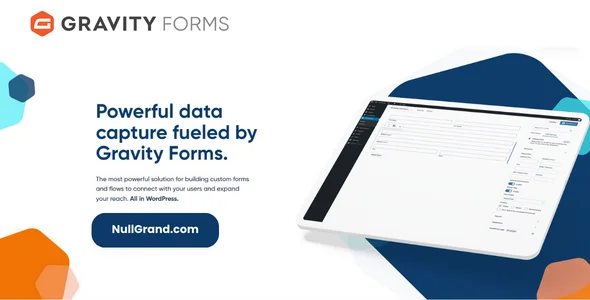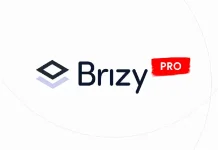Gravity Forms Nulled is a powerful WordPress plugin that simplifies creating advanced forms for your website. With its drag-and-drop interface, extensive integrations, and features like conditional logic and payment collection, it’s perfect for streamlining data collection and enhancing user engagement.
Gravity Forms Free Download
Changelog
2.9.16.1
- Fixed a PHP fatal error and warnings that can occur if an empty batch is returned during background processing.
- Fixed an issue where the values of hidden and readonly inputs for fields that have failed state validation (e.g. single product field) are repopulated with the invalid submitted values instead of reverting to their original values.
- Fixed an issue that prevents forms with legacy markup from being able to disable legacy markup in Form Settings.
- Added full text of the form name when hovering over a title in the form dropdown.





![(v4.0.0) Logo Carousel Pro Nulled [ShapedPlugin]](https://nullgrand.com/wp-content/uploads/2024/12/Logo-Carousel-Pro-v4.0.0-ShapedPlugin-218x150.webp)
![Instagram Feed Pro (v6.8.1) Nulled [Developer] By Smash Balloon](https://nullgrand.com/wp-content/uploads/2024/12/Instagram-Feed-Pro-v6.4.1-Developer-By-Smash-Balloon-218x150.webp)





